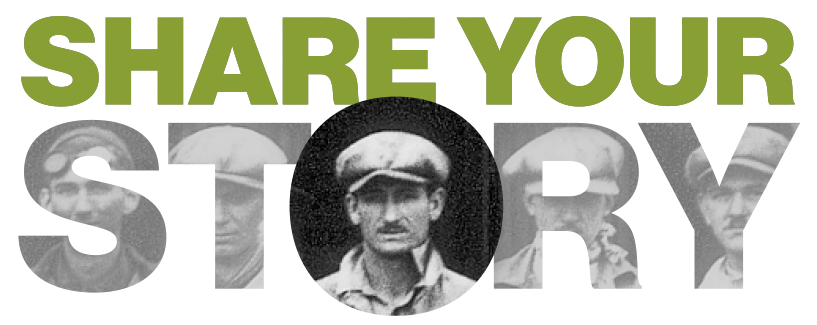In 1934 America’s economy remained mired in the Great Depression. The unemployment rate was stuck at 21.7% and more than 11 million people were out of a job. A loaf of bread cost eight cents, a box of Kellogg’s Bran Flakes would set you back 10 pennies, and a gallon of gasoline was a whopping 19 cents. Against this backdrop of national woe, in Wichita, Kansas, two brothers decided to wrest control of the defunct Cessna Aircraft Company from the Board of Directors and start building airplanes.
Brothers Dwane and Dwight Wallace were nephews of Clyde Vernon Cessna, one of America’s true aviation pioneers whose greatest desire was not to fly, but to manufacture monoplanes under his name. The stock market crash of 1929, however, quickly ended demand for new aircraft and by 1931 Cessna’s factory on Franklin Road was locked up tight and silent as a morgue.

Dwane, however, had plans for a new, four-place cabin monoplane he called the “C-34,” and Dwight, a successful attorney, had a plan of attack that would break the Board’s grip on the company. With help from their famous uncle Clyde, late in 1933 they began sending out letters to stockholders in an attempt to convince them to install a new management team – one that would reopen the factory and begin production of an airplane that would sell in a severely depressed marketplace.
When the votes were counted at the annual stockholders meeting in January 1934, the Wallace brothers triumphed, albeit by the slimmest of margins. Their uncle Clyde was named president and held that office until October 1936, when he resigned and retired to his farm near Adams, Kansas. His role was primarily ceremonial, as Dwane and the new Board oversaw the company’s day-to-day operations. Profits were thin at best and it was a never-ending battle to keep the company solvent and meet its slender payroll.
By 1936 the economy was showing signs of growth, but selling airplanes remained a difficult challenge, even to the point that Dwane relinquished his meager salary and was reduced to eating hamburgers (which cost only 5 cents!). At the 1936 Miami All-American Air Races, Dwane flew a C-34 to victory in the Detroit News competitions, with the speedy Cessna earning the title, “World’s Most Efficient Airplane.” Sales accelerated, and numbers in the company’s books began to turn from red to black.
The successful C-34 and its later siblings, the C-37, C-38 and C-145/C-165, earned a reputation among pilots as dependable, economical and versatile airplanes. By 1939, the Cessna company had produced a grand total of 183 airplanes beginning with the C-34 and ending with the graceful C-145/C-165 series.
Dwane Wallace continued to lead the company for many years after World War II, building it into one of the largest airframe manufacturers in the world – a claim it retains in 2021. Wallace later served as Chairman of the Board and retired in 1982. He was inducted into the Aviation Pioneers Hall of Fame, won the Guggenheim Medal for the advancement of flight, and in 1972 established the General Aviation Manufacturers Association, serving as its first chairman. Perhaps his greatest contribution to aviation, however, was the resurrection of the Cessna Aircraft Company that helped solidify Wichita’s claim as the “Air Capital of the World.”
Dwane Wallace died in 1989. He was preceded in death by his older brother Dwight Wallace, who died in 1964.

 Back
Back